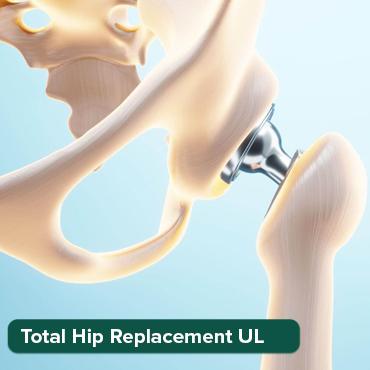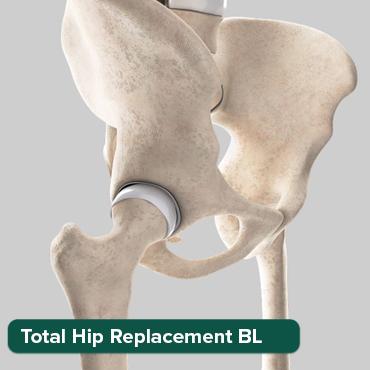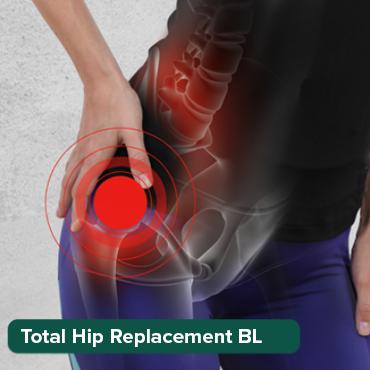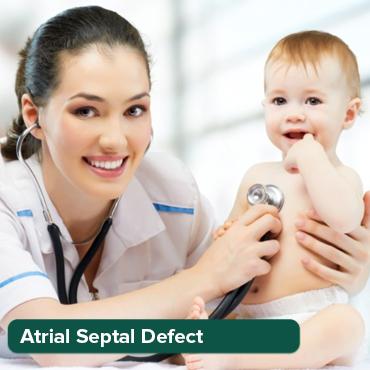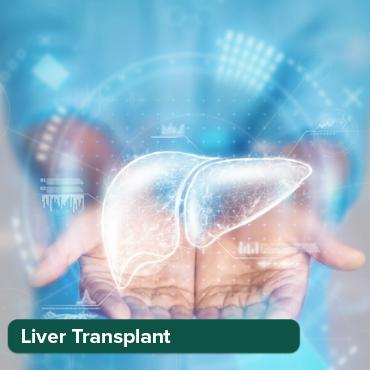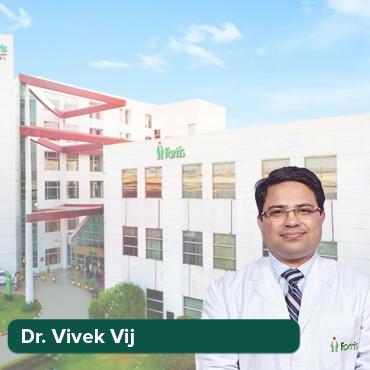
Lazy Eye in Adults vs. Children
22 Nov, 2024
 Healthtrip
HealthtripImagine being able to see the world with perfect clarity, where every detail is sharp and every color is vibrant. For many of us, this is a reality, but for others, it's a daily struggle. Lazy eye, also known as amblyopia, is a common vision disorder that affects millions of people worldwide. While it's often associated with children, lazy eye can affect adults too, and the differences in symptoms, diagnosis, and treatment options between the two age groups are significant. In this article, we'll delve into the world of lazy eye, exploring the differences between lazy eye in adults and children, and how Healthtrip's medical tourism services can help individuals from around the world access the treatment they need.
The Basics of Lazy Eye
Lazy eye is a condition where the brain favors one eye over the other, causing the non-dominant eye to become weaker and less capable of seeing clearly. This can occur due to a variety of reasons, including genetic factors, injury, or certain medical conditions. In children, lazy eye often develops because the brain is still learning to process visual information, and it can be more challenging to diagnose. In adults, lazy eye can be a result of an underlying medical condition, trauma, or even a stroke. Regardless of the cause, lazy eye can have a significant impact on daily life, making everyday tasks like reading, driving, or even recognizing faces a struggle.
Most popular procedures in India
Symptoms of Lazy Eye in Children
In children, lazy eye often presents itself in subtle ways, making it essential for parents and caregivers to be vigilant. Some common symptoms include squinting, covering one eye, or tilting the head to see better. Children with lazy eye may also have difficulty with depth perception, which can affect their coordination and balance. In some cases, lazy eye can lead to social and emotional challenges, as children may feel self-conscious about their appearance or struggle to keep up with their peers.
Wellness Treatments
Give yourself the time to relax
Lowest Prices Guaranteed!

Lowest Prices Guaranteed!
Lazy Eye in Adults: A Different Story
In adults, lazy eye often presents itself in more dramatic ways, with symptoms that can be more pronounced and debilitating. Adults with lazy eye may experience double vision, eye strain, or headaches, which can significantly impact their quality of life. Lazy eye in adults can also lead to feelings of embarrassment, anxiety, and frustration, especially if they're struggling to perform tasks that were once effortless. Moreover, lazy eye can be a sign of an underlying medical condition, such as a brain tumor, stroke, or neurological disorder, making prompt diagnosis and treatment crucial.
Treatment Options for Lazy Eye
Treatment for lazy eye varies depending on the age of the individual and the severity of the condition. In children, early intervention is key, and treatment often involves patching the dominant eye to strengthen the weaker eye. Glasses, prism lenses, or vision therapy may also be prescribed to help improve vision. In adults, treatment options are more complex and may involve surgery, prism lenses, or vision therapy. In some cases, adults may require treatment for the underlying medical condition causing the lazy eye.
Accessing Treatment with Healthtrip
Regardless of age, accessing timely and effective treatment for lazy eye is crucial. Healthtrip's medical tourism services can help individuals from around the world access top-notch medical care, including ophthalmologists and vision specialists. By partnering with a network of reputable hospitals and clinics, Healthtrip provides a seamless and stress-free experience, from initial consultation to post-operative care. Whether you're a parent seeking treatment for your child or an adult struggling with lazy eye, Healthtrip's personalized approach and dedication to patient care can help you achieve the vision you deserve.
A New Lease on Life
Imagine waking up every morning with clear, vibrant vision, free from the challenges of lazy eye. With Healthtrip's medical tourism services, this can be a reality. By understanding the differences between lazy eye in adults and children, we can better address the unique needs of each individual. Whether you're seeking treatment for yourself or a loved one, Healthtrip is here to guide you every step of the way, providing access to world-class medical care and a new lease on life.
Related Blogs

Transforming Vision, Transforming Lives at Dr. Agarwal's Eye Hospital
Get expert eye care and treatment at Dr. Agarwal's Eye

Transforming Lives through Innovative Eye Care Solutions at LV Prasad Eye Institute
LV Prasad Eye Institute offers cutting-edge eye care solutions for

Amblyopia and ADHD: What's the Connection?
Uncover the surprising link between amblyopia and ADHD, and how

The Future of Amblyopia Treatment
Stay ahead of the curve with the latest developments in

Overcoming Amblyopia: Success Stories
Read the inspiring stories of individuals who have overcome amblyopia,

The Benefits of Multidisciplinary Care
Learn how a team-based approach can lead to better outcomes
